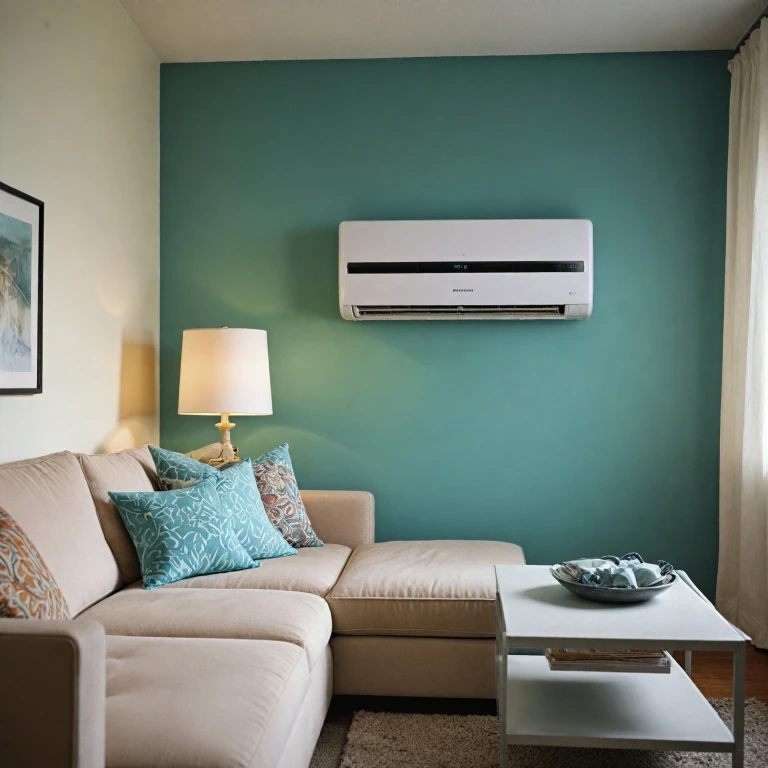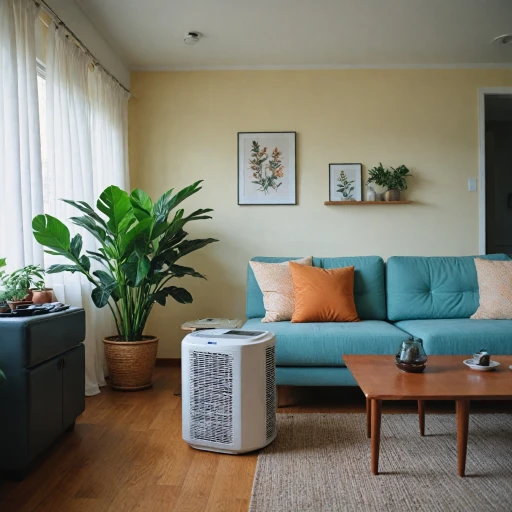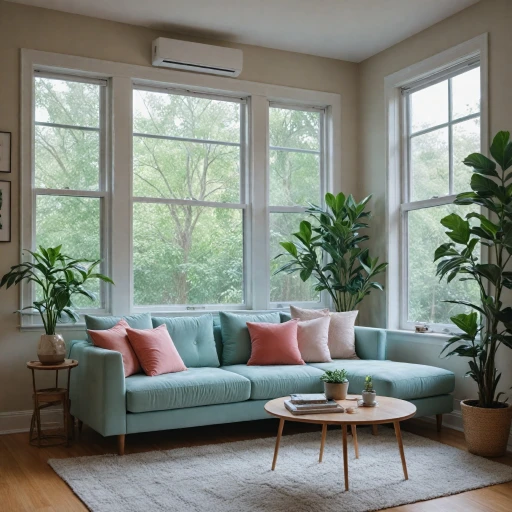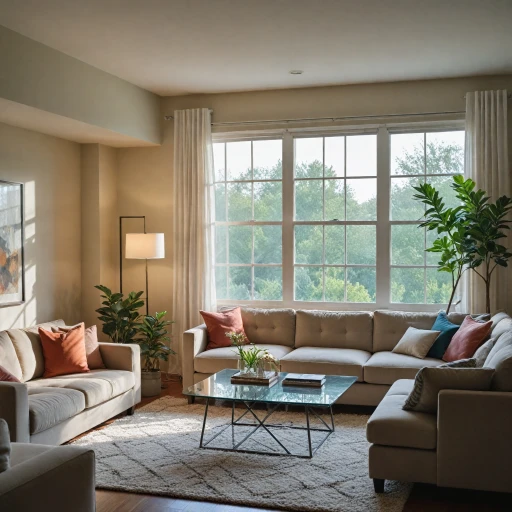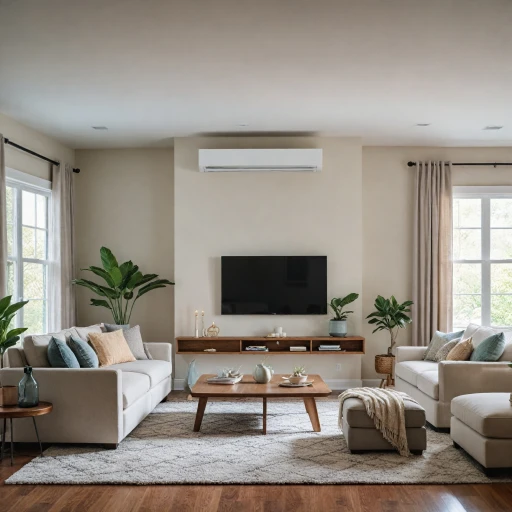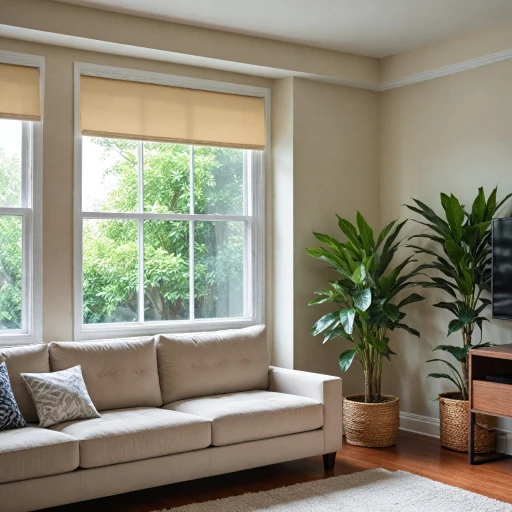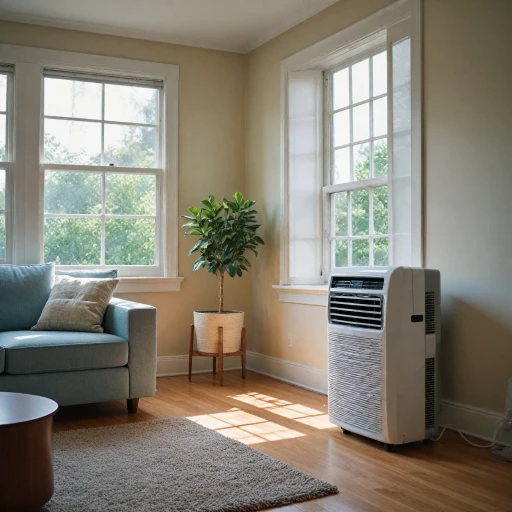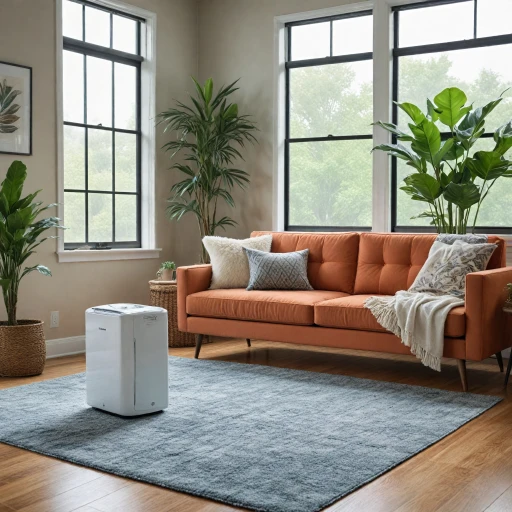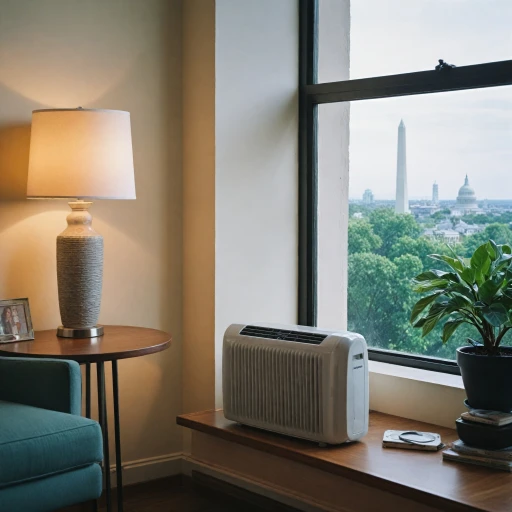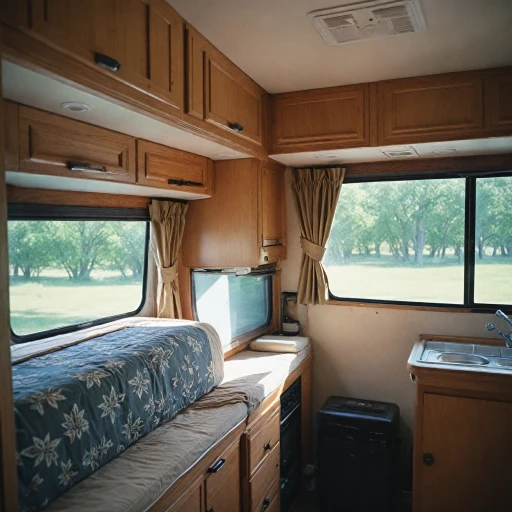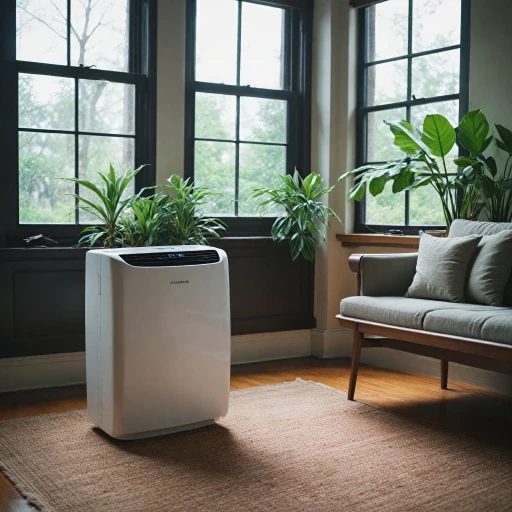
What is a 9000 BTU Mini Split Air Conditioner?
Understanding the Basics of a 9000 BTU Mini Split System
The 9000 BTU mini split air conditioner represents a perfect fusion of advanced technology and user-friendly features. By eliminating the need for ducts, this ductless mini split system offers an efficient solution for targeted cooling or heating. These mini split units are particularly popular for smaller spaces, where installing traditional ductwork might be challenging or cost-prohibitive.
Comprising both an indoor unit and an outdoor unit, the system's key components work in harmony to deliver exceptional energy efficiency and comfort. Typically, the outdoor unit contains the heat pump and compressor, engineered to efficiently move heat between indoor and outdoor spaces. The indoor air handler unit, often wall mounted, circulates cooled or heated air throughout the room.
Rated in British Thermal Units (BTU), the 9000 BTU mini split offers sufficient capacity for modest-sized areas, ensuring optimal temperature control. With the inclusion of a heat pump, the system is capable of providing both cooling and heating, making it a versatile option for year-round comfort.
For energy-minded consumers, it's worth noting that many of these units carry the Energy Star certification, highlighting their alignment with the highest standards of energy efficiency. Understanding the way each component contributes to overall excellence can unlock further advantages, such as significant cost savings. For those curious about how all these parts come together to create a functional outdoor system, more detailed information can be found here.
Advantages of Using a 9000 BTU Mini Split
Key Advantages for Optimum Cooling
When considering the benefits of a 9000 BTU mini split air conditioner, its varied advantages make it a top pick for many households.- Efficient Cooling and Heating: Unlike traditional window units, a mini split can efficiently cool and even heat, thanks to its ductless design. Ideal for moderate-sized rooms, the unit provides a balanced climate with an effective BTU rating.
- Energy Efficiency: Many 9000 BTU models come with high SEER (Seasonal Energy Efficiency Ratio) ratings, resulting in lower energy bills while maintaining optimum performance throughout the year. This aligns with systems that are Energy Star certified, emphasizing reduced energy consumption.
- Space-Saving Design: The indoor unit of the mini split is typically wall mounted, saving floor space. This makes it suitable for diverse room styles without compromising aesthetics.
- Quiet Operation: Another edge mini splits have over traditional units is their quiet operation. The outdoor unit, often the loudest part of the system, is placed outside, ensuring indoor tranquility.
- Customization and Zoning: With split systems, you can set different temperatures in separate zones, offering personalized comfort across various rooms.
Installation Considerations
Setting Up Your Cooling System: Key Installation Insights
Getting your 9000 BTU mini split air conditioner up and running requires some planning. Here are some crucial insights to ensure a successful installation:
- Preparation and Tools: Before undertaking the installation, gather all necessary tools and the installation kit that typically comes with the ductless mini split unit. This set usually includes the indoor and outdoor units, mounting hardware, and line sets.
- Positioning the Units: The indoor unit is often wall-mounted and should be placed at a height where air distribution is optimal. The outdoor unit must be installed on a stable surface, preferably close to where the indoor unit is set to minimize the length of the connecting line set.
- Electrical Considerations: Ensure that your power supply can support the unit’s requirements. Check if your house’s electrical system is compatible with the air conditioner's voltage needs.
- DIY vs. Professional Installation: While a DIY installation can save on costs, it's generally advised to hire a professional. An expert can ensure that your system functions at its best and help avoid potential warranty issues, as incorrect installation may void the warranty year parts.
- Energy Efficiency: Proper installation directly impacts the energy efficiency of the system. Missteps can lead to heat or cooling loss, negating the advantages of the air conditioner's energy star rating and btu seer index.
For those exploring other options beyond mini splits, you might find this guide on choosing the right air conditioner insightful.
Energy Efficiency and Cost Savings
Cost Efficiency and Energy Ratings
Utilizing a 9000 BTU mini split air conditioner can lead to significant cost savings, thanks to its efficient energy usage. These systems often boast high Seasonal Energy Efficiency Ratio (SEER) ratings, which indicate better performance in terms of energy consumption compared to traditional cooling methods. A higher SEER rating means the unit consumes less energy to provide effective cooling, thus reducing utility bills and contributing to a more environmentally friendly home.Environmental Benefits
Selecting a model with an Energy Star certification further amplifies the benefits. This designation ensures that the unit meets strict energy efficiency guidelines set by the U.S. Environmental Protection Agency, promising reduced greenhouse gas emissions and a lower carbon footprint. This attribute not only supports environmental sustainability but may also qualify homeowners for certain rebates or incentives.Thermal Benefits
In addition to efficiency, mini splits with a 9000 BTU capacity often incorporate a heat pump feature, providing both cooling and heating capabilities throughout the year. This dual functionality means homeowners can rely on a single ductless system for climate control, simplifying installation and maintenance while maximizing cost-effectiveness. The outdoor unit works seamlessly with the indoor unit to regulate temperatures effectively, whether installed in a single room or multiple areas. Keeping these aspects in mind, the investment in a 9000 BTU mini split air conditioner can lead to long-term energy savings and a comfortably climate-controlled environment, making it a valuable addition to any home seeking efficient, eco-friendly solutions.Maintenance Tips for Longevity
Maintenance Practices for Extended Lifespan and Efficiency
Proper maintenance of your 9000 BTU mini split air conditioner is crucial to ensure its longevity and optimal performance. Regular maintenance helps in avoiding unexpected breakdowns and extending the life of your investment. Here are some key maintenance tips:- Regular Cleaning of Filters: Cleaning or replacing filters is essential for maintaining the efficiency of the air conditioning system. Dust and debris accumulation can restrict airflow, causing the unit to work harder and consume more energy.
- Care for Indoor and Outdoor Units: Ensure that both the indoor and outdoor units are clean and free from obstructions. Vegetation and debris around the outdoor unit should be cleared regularly to maintain unobstructed airflow.
- Check for Leaks: Regularly inspect the system for any refrigerant leaks, which can affect the cooling efficiency and cause damage to the compressor.
- System Check-Ups: Schedule annual inspections and tune-ups to ensure the cooling and heating functionality is in top condition. Technicians can detect and resolve issues early on that may not be apparent to you.
- Warranty and Parts: Keeping track of the warranty period and understanding what parts and services are covered is essential. Typically, the year warranty covers parts like the compressor, which is a critical component.
Comparing 9000 BTU Mini Splits to Other Cooling Options
Weighing Mini Splits Against Alternative Cooling Solutions
When it comes to choosing between a 9000 BTU mini split air conditioner and other cooling options, several factors come into play. Let's explore how ductless mini splits compare to traditional air conditioning systems and portable options.- Space and Cooling Needs: Mini splits are ideal for cooling specific areas or rooms due to their targeted approach. If you're seeking zone control, a 9000 BTU unit is beneficial. In contrast, central air systems cool the entire home, which might be unnecessary and less efficient for smaller spaces.
- Installation and Flexibility: The installation process for a mini split can be less invasive than that of a traditional ducted system. Wall-mounted units require minimal construction and can be a DIY project, especially with an installation kit. On the other hand, central systems often need significant ductwork and professional setup.
- Energy Efficiency: Mini splits often boast high SEER ratings, making them energy-efficient. They can reduce overall energy consumption compared to central air systems, especially in homes where the entire system doesn’t need to run constantly. The ductless nature of mini splits eliminates the energy loss associated with ductwork.
- Versatility in Function: A split air system with a heat pump can both heat and cool, offering year-round comfort. This multifunctionality is absent in most single-purpose portable air conditioners or traditional units without heat capabilities.
- Price and Long-term Investment: While the upfront cost of a mini split may be higher than that of a window or portable unit, the longevity and warranty year considerations make it a worthwhile investment. With proper maintenance, mini splits can last for several years, ensuring the regular price of operation remains low.
- Noise Levels: Mini splits are generally quieter than window or portable counterparts, which is a significant advantage for keeping indoor spaces peaceful.
